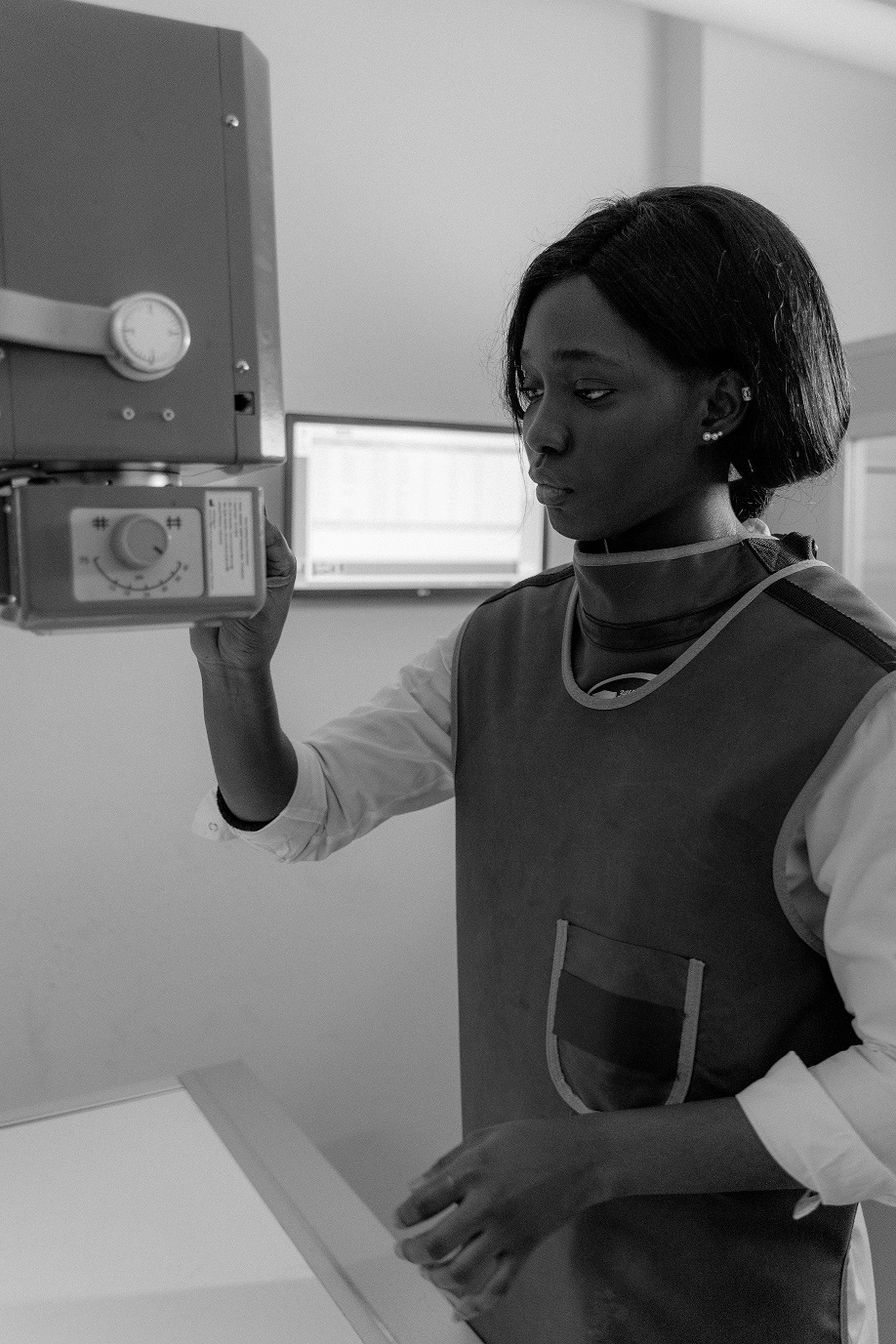

Hemodialysis is a life-saving treatment for patients with kidney failure. Its effectiveness depends on properly functioning vascular access points such as arteriovenous (AV) fistulas or grafts. When these access points encounter issues like blockages or narrowing, it can adversely impact the efficiency of a dialysis session. This is where a fistulagram comes into play. Let’s identify the purpose of a fistulagram, why it’s important, and what patients should expect during the procedure.
A fistulagram is an important part of the total care given to kidney failure patients. This procedure helps to improve the blood flow and function of an AV fistula. A fistula is a surgical intervention to connect a vein and artery. This allows for one spot to connect a hemodialysis machine that removes, cleans, and returns blood to the patient’s body. Thus, it can replace the primary function of the kidneys that are no longer operating.
However, fistulas can cause complications like blood clots. A fistulagram procedure can help prevent these complications and reduce the risk of a blood clot forming. The exact location and extent of a blockage can be identified so that corrective action can be taken. The fistulagram acts as a diagnostic procedure through the use of minimally invasive X-ray images. These X-ray pictures are enhanced with contrast dye to visualize the blood vessels and flow through them.
What does a fistulagram procedure involve? The test entails positioning the patient on an X-ray table while having their vital signs, including blood pressure, monitored. A catheter is inserted into the fistula where the contrast material is injected.
An interventional radiologist can study the images taken and detect any issues with blood flow that may require additional treatment. Depending on the findings, additional interventions may be warranted. For example, angioplasty or stent placement may be performed to help restore proper blood flow. After the procedure is completed, a nurse will apply pressure to the catheter insertion site to prevent bleeding and remove any IV line given. The patient will be discharged after a short monitoring session in a recovery area. Normal activities can be resumed after 24 hours.
Patients will receive instructions from their doctors and nurses before the procedure, including any necessary preparations, such as stopping blood thinners or fasting. Outpatient patients should follow specific instructions before the procedure, such as arriving early and bringing a list of medications, especially if they have allergies. Patients can expect to be connected to several monitoring systems for the duration of the procedure to observe blood pressure and heart rate.
During the procedure, the patient will be located on an exam table with the X-ray machine suspended overhead. A local anesthetic will be injected to numb the skin where the catheter will be inserted. The access site will be cleansed with an antiseptic solution and sterile drapes will be placed. A needle will be used to access the fistula, and ultrasound imaging may be used to guide the needle into the correct place.
When the contrast dye is injected, many patients report that they feel warm in their hand, arm, and chest. A brief metallic taste in the mouth may also occur.
Patients may experience some discomfort or bruising at the insertion site, but this should resolve on its own in a few days. Patients can usually resume normal activities immediately after the procedure but should avoid strenuous activity for 24-48 hours.
Sutures may be placed in the skin around the puncture sites to prevent prolonged bleeding. These sutures should be removed by a dialysis nurse at the next dialysis session, usually within 2-3 days.
Unusual symptoms like excessive pain, swelling or signs of infection should be reported to the doctor immediately. Patients should monitor their fistula frequently to check for good blood flow to ensure a blockage does not recur.
While a fistulagram helps ensure the proper functioning of a fistula, it isn’t without a measure of potential risk. The most common risk is an allergic reaction by some patients to the X-ray dye used, which can cause itching, rash, or difficulty breathing.
Other possible risks include a danger of bleeding but this is usually easily controlled with pressure. A rare risk is infection at the insertion site and this can be managed with the application of antibiotics. A blood vessel can spasm or become narrowed, necessitating further intervention. A very low risk of blood vessel rupture would require immediate attention.
In rare cases, the procedure may not succeed in improving blood flow or function of the AV fistula. If this happens, the doctor can discuss the next steps in restoring proper blood flow.
In conclusion, a fistulagram is an essential and minimally invasive diagnostic tool for evaluating the health and function of arteriovenous (AV) fistulas or grafts commonly used in dialysis treatment. By providing detailed X-ray images of these venous access points, a fistulagram allows healthcare providers to identify and address any issues such as blockage or narrowing.
While the procedure is generally safe, patients should be aware of the potential risks and complications, such as allergic reactions to contrast dye, infection, and bleeding. Despite the risks, the benefits of early detection and timely intervention far outweigh the downsides, making the fistulagram a valuable tool in managing dialysis access.

0 comments